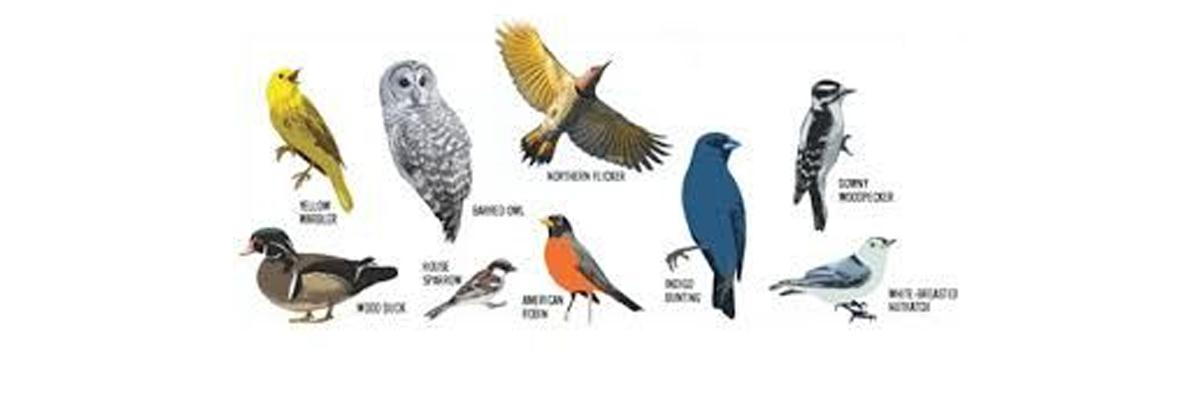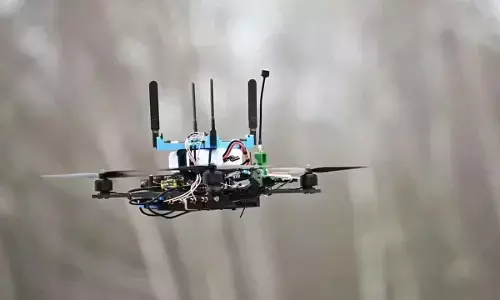Learn about birds

Birds have special ways of surviving Their bodies are a major one Special lightweight bones help them fly and feathers help protect them from bad weather Bones Birds have very lightweight bones Their bones are also very strong, so that they do not break under the pressures of flight The bones in bird legs and wings are hollow, providing space for tiny air sacs Flightless birds, however, hav
Birds have special ways of surviving. Their bodies are a major one. Special lightweight bones help them fly and feathers help protect them from bad weather. Bones. Birds have very lightweight bones. Their bones are also very strong, so that they do not break under the pressures of flight. The bones in bird legs and wings are hollow, providing space for tiny air sacs. Flightless birds, however, have solid bones.
Lungs. Most of the air that enters a bird is not used for breathing! It is used to cool down the bird’s insides, which can easily become heated during flight. Birds have lungs and also a system of air sacs. The air sacs make the bird lighter, helping it float in air or water.
Heart. Like people, birds have a four-chambered heart. It pumps blood very quickly through a bird’s body to cope with the hard work of flying. The veins and arteries that supply blood to the wing muscles are especially large, since the body parts that are used for flying work the hardest.
Feathers. Instead of skin or fur, birds are covered with feathers. Feathers provide a waterproof layer for birds and act as an insulator so they can maintain a high body temperature. Birds usually need to maintain a body temperature of 110 degrees Fahrenheit! Do you know what temperature our bodies maintain? (Answer: 98.6 degrees Fahrenheit.)
Feathers have their own unique anatomy. If you have a feather, you might want to observe the different parts. Use a magnifying glass to see the tiniest parts. The hard, stem-like section of the feather is called the rachis. The “branches” of the feather are called vanes. Each vane is made up of more tiny parts. The stem of the vane is called a barb. Branching from the barb are tiny barbules, each with little hooks on them. The hooks work like Velcro, to connect the vanes of the feather and hold them together. This is why it is so difficult to separate the vanes of a feather from each other. Learn more about feathers here.
Eyes. Have you ever noticed how birds have to turn their heads to look at an object? That is because their eyes aren’t able to move very much. However, birds are able to see a greater range of the color spectrum than people can. They also have the ability to focus on two different objects out of each eye! Each eye has two foveae, the part of the retina which “sees” most clearly.
Bills are uniquely tailored for the different eating functions required by each species of bird. They don’t have teeth, so their beaks are important! Birds with short beaks, such as sparrows and finches, eat small seeds. Cardinals and grosbeaks have slightly larger, stubby bills to hold the large seeds that they eat. Meat-eating birds, like hawks and eagles, have hooked bills to tear their prey. Woodpeckers have long, narrow bills for extracting insects from dead wood. Toucans have large, hollow bills for collecting fruit and cracking it apart. Most sea birds have long bills, to capture and hold fish.




















